
The Chinese curse of “living in interesting times” took on special resonance in 2016 as political upheavals and conflicts as well as actual violence became a reality for many. These tumultuous events reverberated in the world of religion, as will be obvious by our focus on religion and politics for our annual review of 2016 and preview of trends unfolding in 2017. Citations of RW issues where we cover the trends below in greater depth follow each item; we also cite outside sources for trends reported for the first time here.
1) The election of Donald Trump will have numerous implications for religion, some of which are only in their infancy. Despite the abrasive and divisive campaign Trump ran and the way that it divided Republicans, subsequent polls have shown that the religious configurations marking the electorate for the last two decades have not changed much. It is not clear if evangelicals’ and other religious conservatives’ investment in the Trump presidency—with notable dissenters—will revive the religious right and its agenda (see “The religious right’s populist turn,” below), but their worries about secularism and the loss of institutional religious commitment among many Americans will not likely subside even with political support from Washington. Their association with a controversial and potentially unpopular administration may well exacerbate the situation (December RW). 
For a change, RW turns to historical trends in religion, namely the phenomenon of anti-Catholicism as documented by Baylor ISR’s co-director Rodney Stark in his new book Bearing False Witness (Templeton Press, $19.57). The book covers topics ranging from myths about Catholic origins and the “lost” Gospels to Catholicism’s attitudes concerning slavery, science, and capitalism. We briefly interviewed Stark about his book in early December.
RW: There have been other books on anti-Catholicism, but Catholics have usually written them; as a non-Catholic, what interested you enough about this subject to write a book on it?
Stark: I kept running into these dreadful lies, and they not only prompt anti-Catholicism, they badly distort history. I became concerned that so many of them are taken for granted by educated people.
RW: The book sets out to debunk stereotypes and other popular myths about Catholicism throughout history, such as about the church’s role in the Inquisition and the Crusades. What myth did you uncover that was the most surprising to you during your research?
Stark: Until I was faced with overwhelming data, it was inconceivable to me that the Inquisition was other than a dreadful, murderous institution. That it was, in fact, a force for moderation was inconceivable to me. But, the fact that the witch-hunts that swept through the rest of Europe were prevented in Italy and Spain by the Inquisition is undeniable. And that was only one of its good deeds.
RW: The role of the church in World War II and its complicity or at least passivity in the face of persecution of Jewish people has been the subject of several popular books, but you argue that the church was unfairly attacked on this front; can you explain that?
Stark: The overwhelming testimony by major Jewish figures is that the church opposed Hitler and managed to save a lot of Italian Jews. The lie about Hitler’s pope began in Moscow.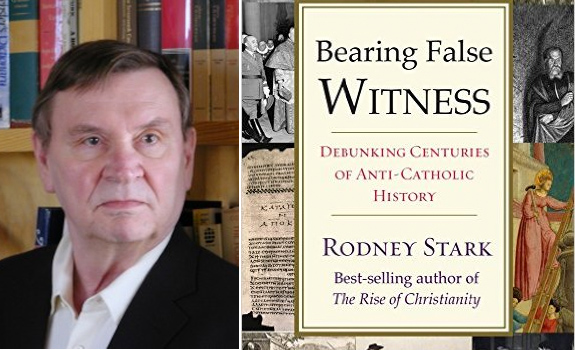
There is much talk about the growth of “Christian nationalism” even as surveys and journalists report the decline of “white Christian America,” but several papers presented at the late October meeting of the Society for the Scientific Study of Religion in Atlanta suggest that any such phenomenon is far from a monolithic or accelerating force in society. Sociologists Andrew Whitehead and Christopher Scheitle presented a paper showing that while Christian nationalism, which they define as a position linking the importance of being Christian to being American, had shown growth between 1996 and 2004, the subsequent period up to 2014 had seen decline in this ideology. Using data from the General Social Survey in 1996, 2004, and 2014, the researchers found that 30 percent of Americans held this position in 1996, while 48 percent did in 2004, but then the rate dropped back to 33 percent in 2014. They looked at other variables that seek to maintain boundaries for true Americans, such as the importance of speaking English, and did find that this sentiment followed the same episodic pattern. Whitehead and Scheitle argue that the role of patriotism and attachment to America was stronger in 2004, which was closer to 9/11, than in the earlier and later periods. Although they didn’t have data for the last two years, they speculated that these rates may be increasing again. 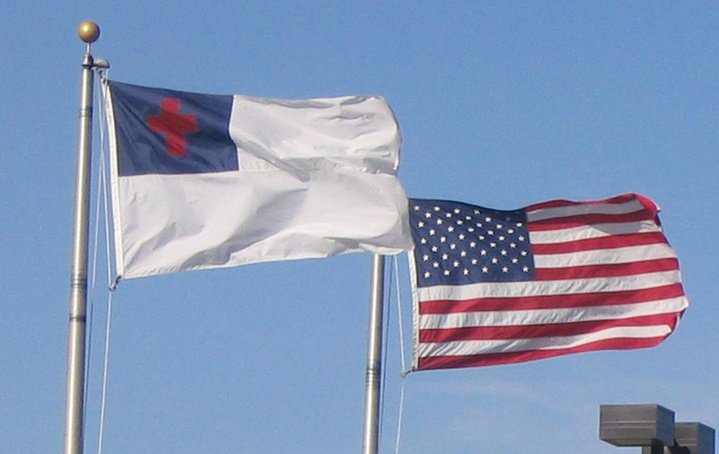
Female atheists and secular humanists can be considered a minority of a minority—atheists representing a small proportion of the U.S. population and women comprising a small proportion of that number—but they have been reaching higher levels of involvement and leadership in secularist organizations in recent years. At the Women in Secularism conference meeting in Washington in late September, attended by RW, several speakers confirmed that women are more involved in organized atheist and secular humanist activism and communities even while there are still divisions over the role of feminism in the wider movement. This event was the fourth such conference, with its origin in 2010 over the concern that more strident voices of new atheists, who were viewed as demeaning women (and even having a role in cases of alleged sexual harassment at atheist events), were drowning out women’s issues. The clash between the more science-oriented new atheists and activist and social justice-oriented secularists was evident at the conference. Organizer Debbie Goddard told RW in an interview that the recent merger of the Center for Inquiry, the sponsor of the Women in Secularism conferences, and the new atheist-oriented Richard Dawkins Foundation has been a source of dissension among women in the movement, likely causing the recent gathering’s registration to hit a low of 80 participants. Past conferences put more stress on social activism, and several of the earlier activist and feminist leaders did not attend the event, Goddard added.
But other speakers reported on the new openness of women to atheism as the movement tries to draw on the swelling numbers of non-affiliated Americans. Melanie Brewster of Columbia University presented a paper on why men are more likely to be atheists than women. Prominent new atheist leaders such as Sam Harris have made controversial statements that the cerebral nature of atheism attracts men more than women, who are more “nurturing.” Brewster argued that whatever the reasons for the gap between male and female secularists (and religiosity), the differences are narrowing, especially in Western nations. She added that women may be experiencing a “time-lag” in secularization and only today are showing the drop off in religiosity. Another study she cited showed that women feel excluded from the atheist movement and need to see greater representation of atheist women in the media.
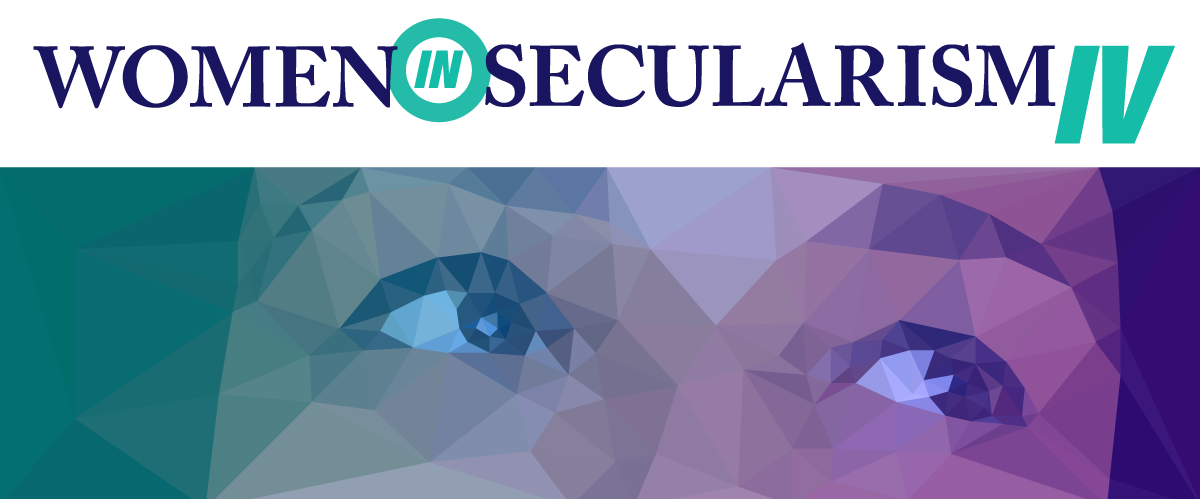
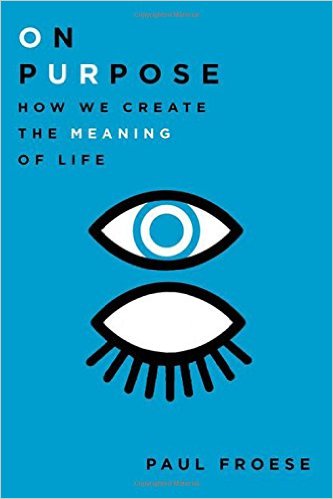 Religion Watch recently interviewed ISR fellow and Baylor University sociologist Paul Froese about his new book, On Purpose: How We Create the Meaning of Life (Oxford University Press, $27.95).
Religion Watch recently interviewed ISR fellow and Baylor University sociologist Paul Froese about his new book, On Purpose: How We Create the Meaning of Life (Oxford University Press, $27.95).
RW: You have previously studied and written about religious repression in Russia and people’s images of God. Was it a challenge to write on such a vast subject as life’s meaning and purpose, especially for a sociologist?
Froese: Writing a book on purpose was the hardest thing I have ever done because the breadth of the topic is infinite. That said, approaching the topic as a sociologist provided ballast. While in the weeds of endless philosophical complexity, I was always led back to the foundation of community and social context in determining each individual’s system of values and meaning.
Each chapter delves into a different layer of meaning and begins with a question for the reader—it is intended to set the stage for the discussion that follows. They are 1) our shared assumptions about purpose, 2) the possibility of meaninglessness, 3) the ways in which people discover themselves, 4) the moral certitude some people feel, 5) the effects of social time, and 6) the limits of power in deciding our purposes.
RW: Early on in the book, you discuss findings showing that secular countries have a lower rate of people claiming that life is meaningful but that such a deficit is distributed more toward the deprived in these societies. Can you explain that?
Froese: Although religion is undeniably the source of meaning and purpose for most people in the world, it is not secularism per se which robs people of a sense of purpose. Rather it is the fact that modernity produced a plurality of existential choices, one of which is the possibility that everything is meaningless. This possibility looms most precariously for those who live in isolation within wealthier countries, which tend to be more secular.
People in poverty within less modernized countries may live lives of untold desperation, but they are more likely to persist within a larger religious culture imbued with meaning. They may not be happy, but they feel purposeful. In contrast, the disadvantaged within wealthy countries suffer from not only relative deprivation but also existential deprivation. They persist within cultures that provide little meaning to those who are not successful; they feel left behind and useless within societies which derive their meaning from economic success and technological progress.
Revivals are an integral part of evangelical and charismatic Christianity, but the idea of what makes for revival is undergoing strain as evangelicalism grows more diverse and has less of a public presence in American society. In the Washington Post (July 13), Michelle Bornstein reports on one of the largest modern day revival events, Together, which gathered thousands of evangelicals at the Washington Monument and had “heavy social media branding, major music from hip-hop to folktronica to hard rock, and popular evangelists who know to keep their messages TED-talk short.” The event was the brainchild of 34-year-old evangelist Nick Hall, who wanted to bring together evangelicals in a public venue, just as Billy Graham crusades had done in the past. But today such a gathering had to deal with contemporary quandaries, such as how it would reflect evangelicals’ ethnic and theological diversity and the growing leadership role of evangelical women; whether Catholics, even such a prominent one as Pope Francis, should participate (the pontiff spoke to the crowd via a video connection); and, more pertinently, whether this public presence of evangelicals would advance evangelism or Christian influence. Bornstein reports that about half of the speakers for Together are non-white and one-third are women.
Bornstein cites church growth specialist Ed Stetzer as saying that Together is not like the Graham crusades in that the latter emphasizes its mission to convert non-Christians while the Washington event appealed to Christians for the need to be “reenergized and refocused.” The ways in which revival can mean different things to different Christians and has become decentralized is evident in the July issue of Charisma magazine, which is devoted to reports on recent outbreaks of revival in the U.S. and Latin America. 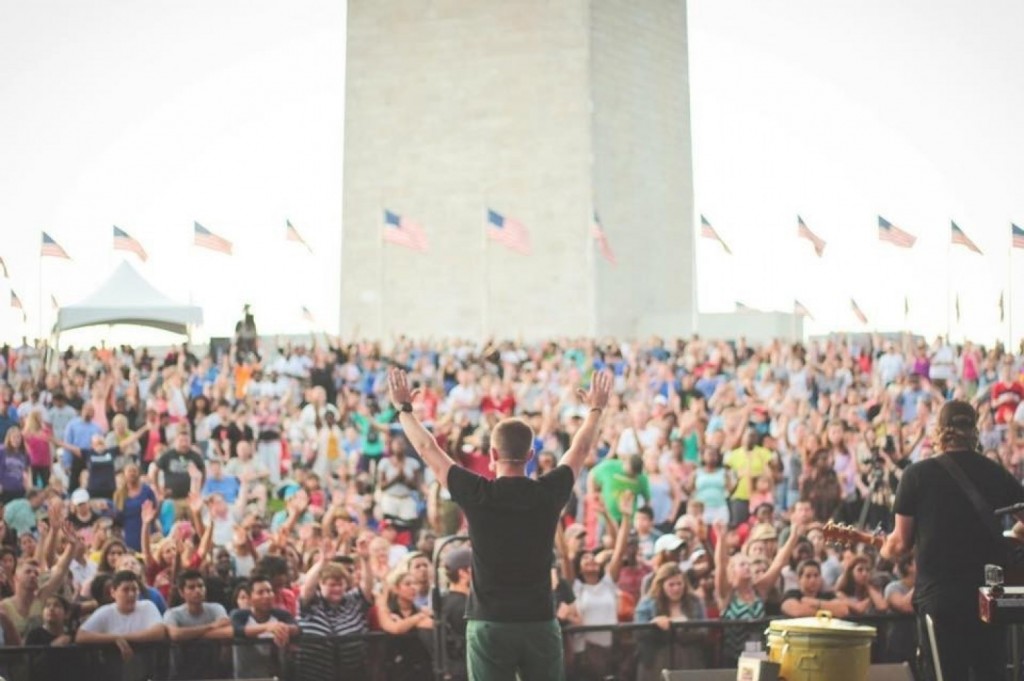
The Great Council of the Eastern Orthodox churches has come and gone without much fanfare, let alone media headlines, but the week-long gathering of prelates from around the world in late June did reveal fissures and fault lines that will shape the Orthodox future. The Great Council, held in Greece and planned for over a century, had not been previously held for a thousand years due to the schism between Catholicism and Orthodoxy and subsequent social and political upheavals and obstacles to Orthodox unity. For many observers, the refusal of several bishops (from the Russian, Georgian, Bulgarian, and Antiochian churches) to attend the council became part of a plot line involving rivalry, competition, and the growth of fundamentalism and traditionalism in world Orthodoxy. At a call-in conference run by the Council of Foreign Relations, political scientist Elizabeth Prodromou said the narrative about rivalry for dominance in the Orthodox world between the Ecumenical Patriarch, historically the “first among equals” in Orthodox leadership, and the Moscow Patriarchate of the Russian Orthodox Church led the media coverage of the event, particularly over the concern about whether the former would exercise pope-like authority.
Prodromou says this narrative was first “laid out by the Moscow Patriarchate and more specifically the Putin government…. That the church has been able to exercise leverage over the other three who didn’t come [is] also very much related to Russia’s geopolitical objectives in Europe and Eurasia….” That the council spoke out forcefully against religious nationalism did not please the Russian state, but the Russian church is limited in maneuvering within such an authoritarian polity, she adds. The council showed the Orthodox churches in Cyprus and Albania among the most open on a range of issues, particularly the relation of Orthodoxy and democracy. In fact, it was the bishop of Cyprus who said at the close of the council that the “single greatest challenge” to unity and progress within the Orthodox Church is “fundamentalism.” Several other church leaders and observers have targeted Orthodox fundamentalism as hampering the work of the recent council. RW attended a conference at Fordham University in New York in late June that specifically sought to define Orthodox fundamentalism and come up with a response to the phenomenon. The dilemmas of defining and applying the elusive concept of fundamentalism to Orthodox churches marked many of the presentations.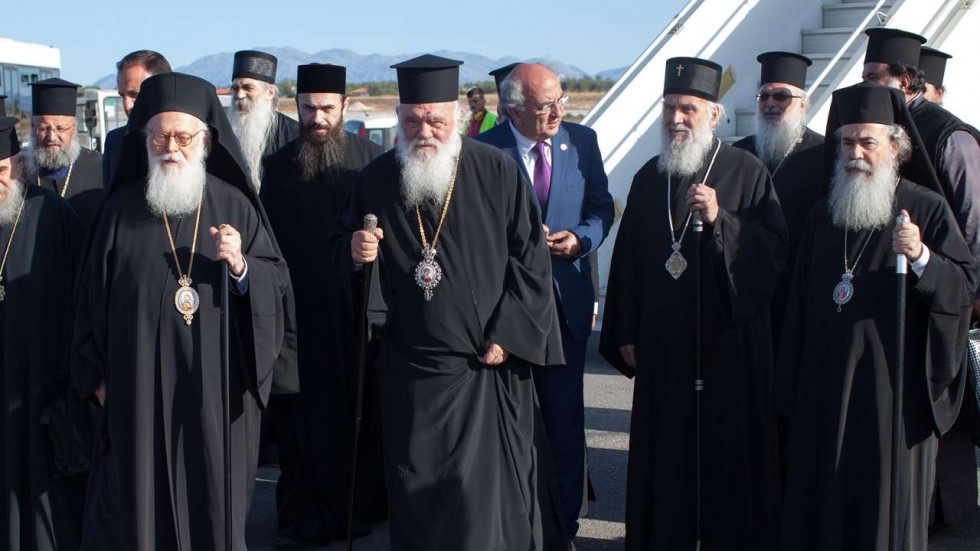
Alienation among the younger generation from their homelands and dealing with trauma among survivors of kidnapping and sex trafficking are only two of the issues facing religious minorities in their struggle against the Islamic State (IS), according to activists and foreign affairs specialists speaking at a recent conference. The May conference at Fordham University in New York, attended by RW, sought to address the prospects for religious minorities in Iraq and Syria, particularly after the U.S. State Department recently declared the Islamic State as genocidal. The March declaration was the first political statement to include all the “stakeholders” in the conflict—Christians, Muslims, and Yazidis, a syncretistic and mystical religion. The speakers stressed the growing generation gap among these groups about their future in their homelands. Haider Elias, president of Yazda, an international Yazidi advocacy group, said that younger Yazidis “don’t want to go back [to Iraq and Syria]. Most want to go to Europe or the U.S., because they say this is not the first time and it won’t be the last [time that they have faced persecution]. It’s not just ISIS; they’ve lost trust in the government and the surrounding community.” The Yazidi population, already less than one million throughout the world, has declined sharply in their home countries of Iraq and Syria, and 20 percent of them are in refugee camps.
With this issue, we are pleased to introduce an occasional feature giving space for ISR scholars to discuss their current research on contemporary religion. For this month, we contacted Dr. Jeff Levin, University Professor of Epidemiology and Population Health and Director of the Program on Religion and Population Health at Baylor, about his current research on the prevalence of healing prayer among Americans.
In a recent study based on an analysis of the Baylor Religion Survey, you find that Americans engaging in healing prayer are very widespread– almost three-quarters of Americans have prayed for the healing of others, and over half have participated in prayer groups. Do you think there has been a steady percentage of Americans engaging in these practices all along, or has it grown in recent years?
Possibly both, but it’s hard to say. Based on data from a few national health surveys since the 1990s, use of spiritual healers seems to be on the uptick. This isn’t the same thing, of course, as personally praying for one’s own healing or for others, but it suggests perhaps a rise in interest in making use of spiritual resources for purposes of healing. This would track with the rising popularity of complementary medicine as a form of primary care, and with continued interest in nonconventional expressions of spirituality. At the same time, the lifetime prevalence numbers are so high that it’s hard to imagine this all just emerged, out of nowhere, in the recent past.
You also find unexpectedly that over a quarter of Americans have experienced or have engaged in the “laying on of hands” in healing prayer. Could the growth of small groups and charismatic and Pentecostal churches in the past few decades have spread these types of practices to more people?
The more public presence of atheists and agnostics in U.S. society has compelled churches of all kinds to create new ministries catering to the questions and doubts of such skeptics, reports the New York Times (March 4). Both the growing assertiveness of atheists, as shown by the “new atheism,” and the growing rate of non-affiliated […]